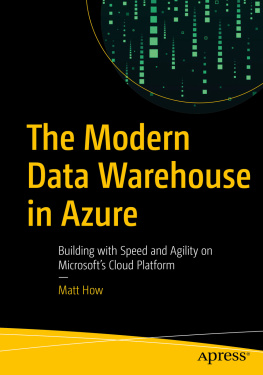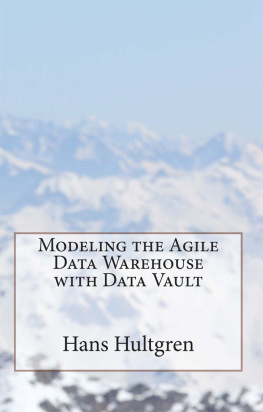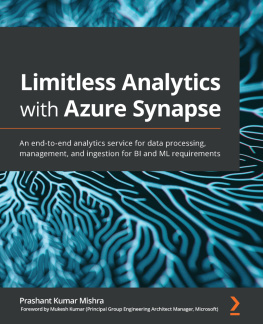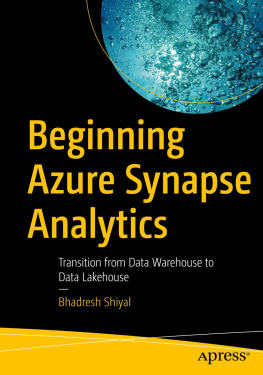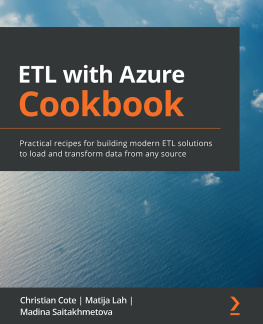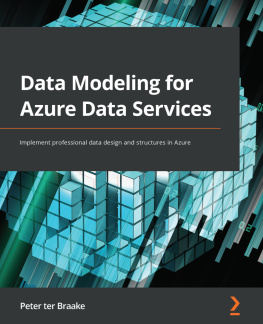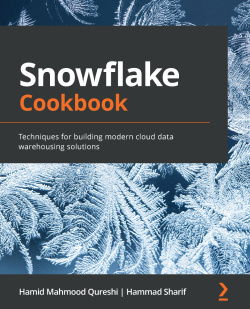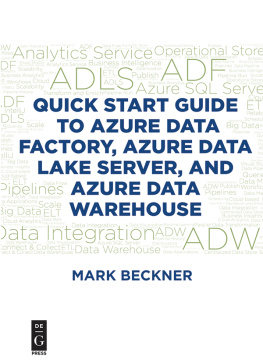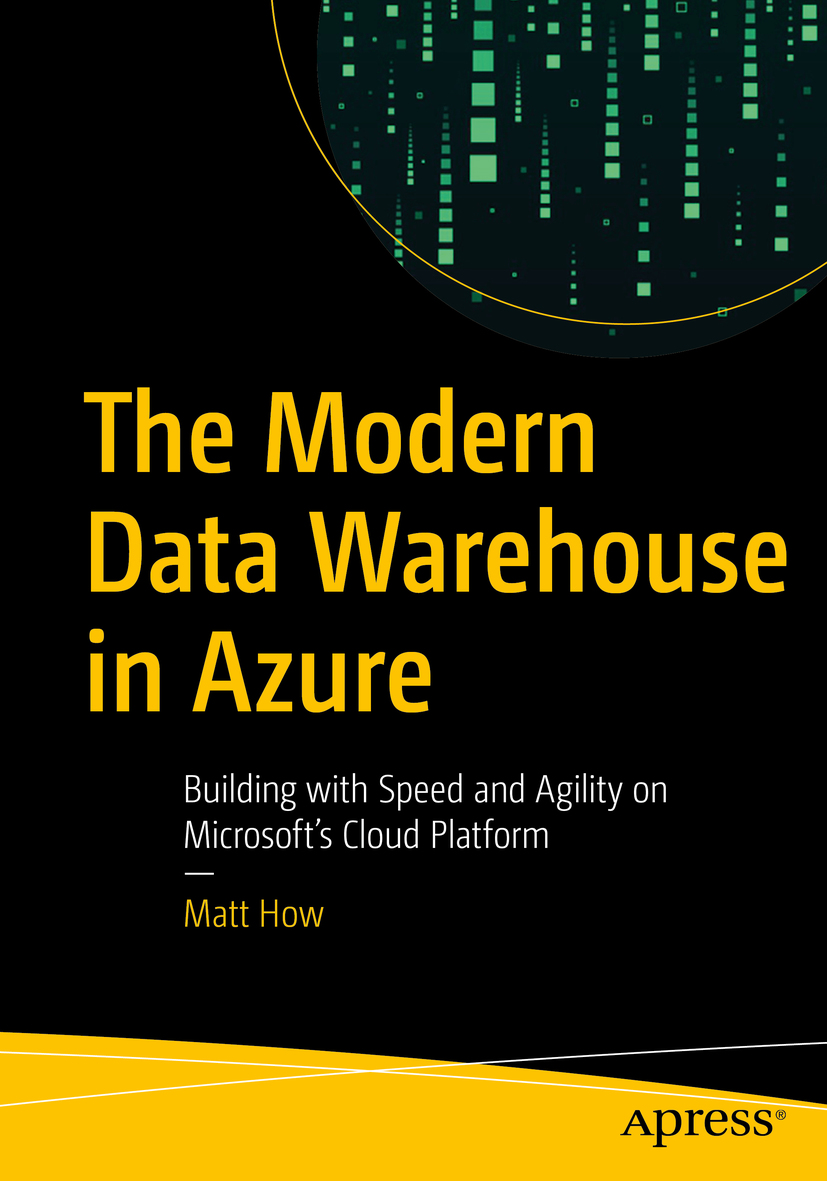Any source code or other supplementary material referenced by the author in this book is available to readers on GitHub via the books product page, located at www.apress.com/9781484258224 . For more detailed information, please visit http://www.apress.com/source-code .
ISBN 978-1-4842-5822-4 e-ISBN 978-1-4842-5823-1
https://doi.org/10.1007/978-1-4842-5823-1
Matt How 2020
This work is subject to copyright. All rights are reserved by the Publisher, whether the whole or part of the material is concerned, specifically the rights of translation, reprinting, reuse of illustrations, recitation, broadcasting, reproduction on microfilms or in any other physical way, and transmission or information storage and retrieval, electronic adaptation, computer software, or by similar or dissimilar methodology now known or hereafter developed.
The use of general descriptive names, registered names, trademarks, service marks, etc. in this publication does not imply, even in the absence of a specific statement, that such names are exempt from the relevant protective laws and regulations and therefore free for general use.
The publisher, the authors and the editors are safe to assume that the advice and information in this book are believed to be true and accurate at the date of publication. Neither the publisher nor the authors or the editors give a warranty, expressed or implied, with respect to the material contained herein or for any errors or omissions that may have been made. The publisher remains neutral with regard to jurisdictional claims in published maps and institutional affiliations.
Distributed to the book trade worldwide by Springer Science+Business Media New York, 233 Spring Street, 6th Floor, New York, NY 10013. Phone 1-800-SPRINGER, fax (201) 348-4505, e-mail orders-ny@springer-sbm.com, or visit www.springeronline.com. Apress Media, LLC is a California LLC and the sole member (owner) is Springer Science + Business Media Finance Inc (SSBM Finance Inc). SSBM Finance Inc is a Delaware corporation.
Introduction
An enterprise data warehouse (EDW) is a common, business-critical system that benefits from highly mature concepts and design best practices. In the market today, there is a wealth of books on the topic, some of which examine the differences between the two fundamental ideologies behind the warehouse design, those of Ralph Kimball and his drive for denormalized star schemas and Bill Inmon with his preference for a normalized corporate data warehouse. Others may focus on specific patterns or techniques to solve more tricky modeling problems. However, few focus on the platform that is being used for the data warehouse. Taking nothing away from these books, the concepts they discuss are still relevant today; however, very few books speak specifically about a cloud-based implementation of a data warehouse and how the tooling is different, how the patterns change, and how a developer needs to adapt to the new environment.
Gone are the days when a data warehouse project was a slow-moving, inflexible venture that was difficult to maintain and impossible to extend. We now have an impressive set of tools that allow us to surface analytical insight at massive scale and at incredible speed, without the overhead of maintaining a gigantic server. Not only is a cloud platform perfectly tailored for data processing, but the processes to feed that platform can be completely automated and integrated to just about any source system, making maintenance and development simple and enjoyable. Further to all this, we can now fully explore the different ingestion architectures that comprise streaming, event-based, and batch loading, allowing developers to break free of the Nightly ETL Window constraint and fully discover how they can populate the warehouse at the rate of the incoming data.
But is there a reason why an entire book needs to be dedicated to data warehousing in the cloud? Doesnt the cloud provide the same technology as on-premises just without the server management? The short answer is no. As you go through this book, the hope is that you will discover the nature by which the cloud completely changes the way a data warehouse is built and why it is important to consider making this move. The core concepts of on-premises data warehousing still very much apply, but the way in which they are implemented has drastically changed. The cloud has revolutionized the way developers can reason about a problem and even eliminated some compromises that had to be made in the years gone by. This is not without cost however; there are new problems to understand and tackle and part of the aim of this book is to talk these issues through and make clear the patterns that solve those issues.
In this book, you will not find much discussion of Online Transaction Processing (OLTP) type systems nor of the wider capabilities of the Microsoft Azure data platform. This book will not discuss why you should implement either Kimball or Inmon or explain how to create a flashy executive level dashboard. Instead this book is a discussion about the key technologies in the Microsoft Azure data platform that lend themselves to data warehousing and how they connect together. I will explain how to choose a SQL engine that is tailored for your analytical requirements, how to create data movement processes that scale, and how to extend your warehouse to become intelligent and modern.
If you are already building SQL data warehouses, you may wonder if you need a book such as this. You know SQL. You know ETL. What can this book tell you that you do not already know? Well, SQL server is changing. And given that Microsoft is a cloud-first company, the newest features and biggest developments are shipped to the Azure versions of SQL months if not years before they hit the box product. Not only this, there are features arriving in the Azure data platform that will NEVER be available in the box product. Things like Accelerated Database Recovery (ADR) simply cannot be implemented on-premises, and if your organization cares about their recovery time objective (RTO) and recovery point objective (RPO), then this is a feature you need to understand. Ultimately there are an increasingly small number of reasons why a company would choose to avoid cloud software and this book hopes to dispel the last of those.
I sincerely hope that this book eradicates any anxiety about making a move to the cloud, and if your organization has embraced the cloud already, then I aim to provide further insight into how the technologies work at a low level and advise on the patterns and architectures that should be utilized to get the most out of them.
Who This Book Is For?
If you are already building on-premises Microsoft SQL Server data warehouses using common tools such as SSIS, then this book will explain how to move that knowledge into the cloud, giving, where possible, comparisons about the way a thing was done in that world and how it should be done in the cloud. If you are already utilizing some of the Azure data platform, then this book will hopefully provide a better understanding of how each service operates and why it works the way it does. If you are already successfully running and developing data warehouses with Azure Synapse Analytics (formerly Azure SQL Date Warehouse) or Azure SQL Database and Azure Data Factory, then I hope this book will help to solidify your knowledge and perhaps provide some fresh ideas or patterns that you could use in future development.

